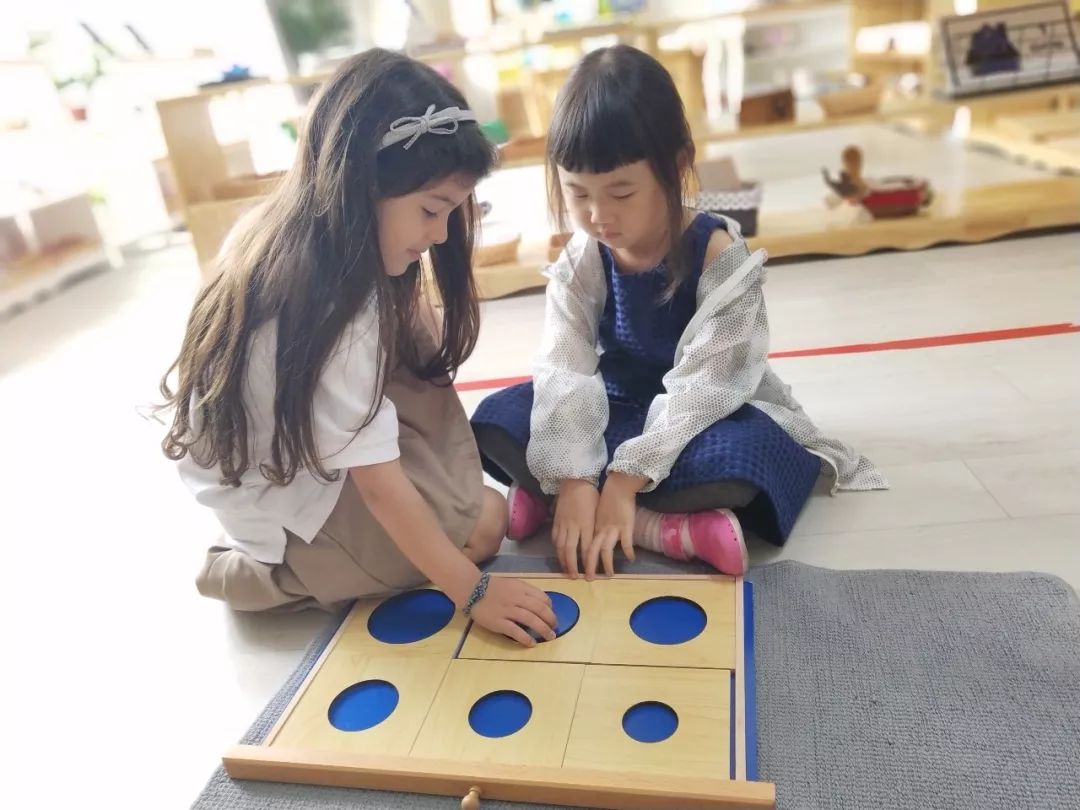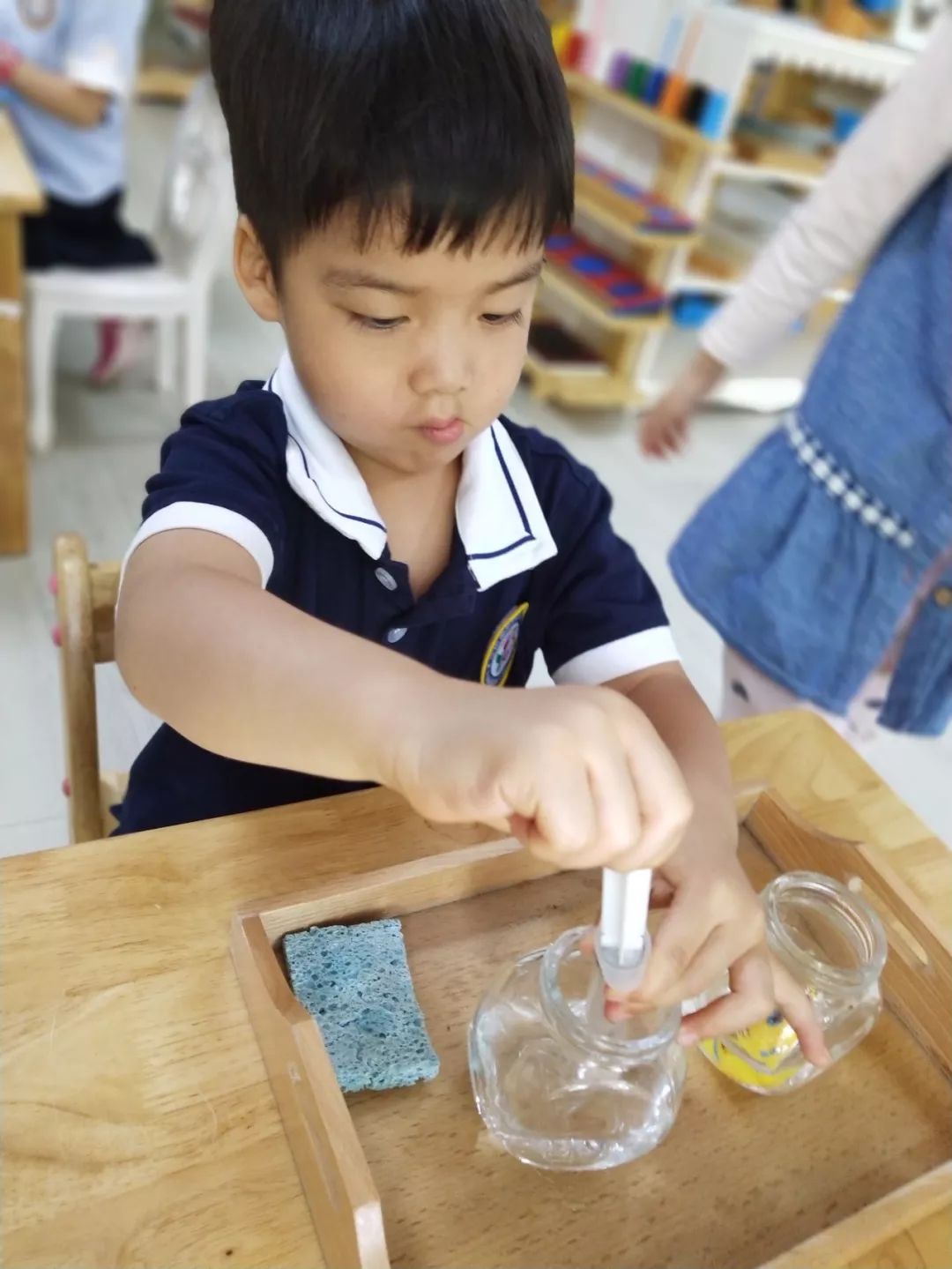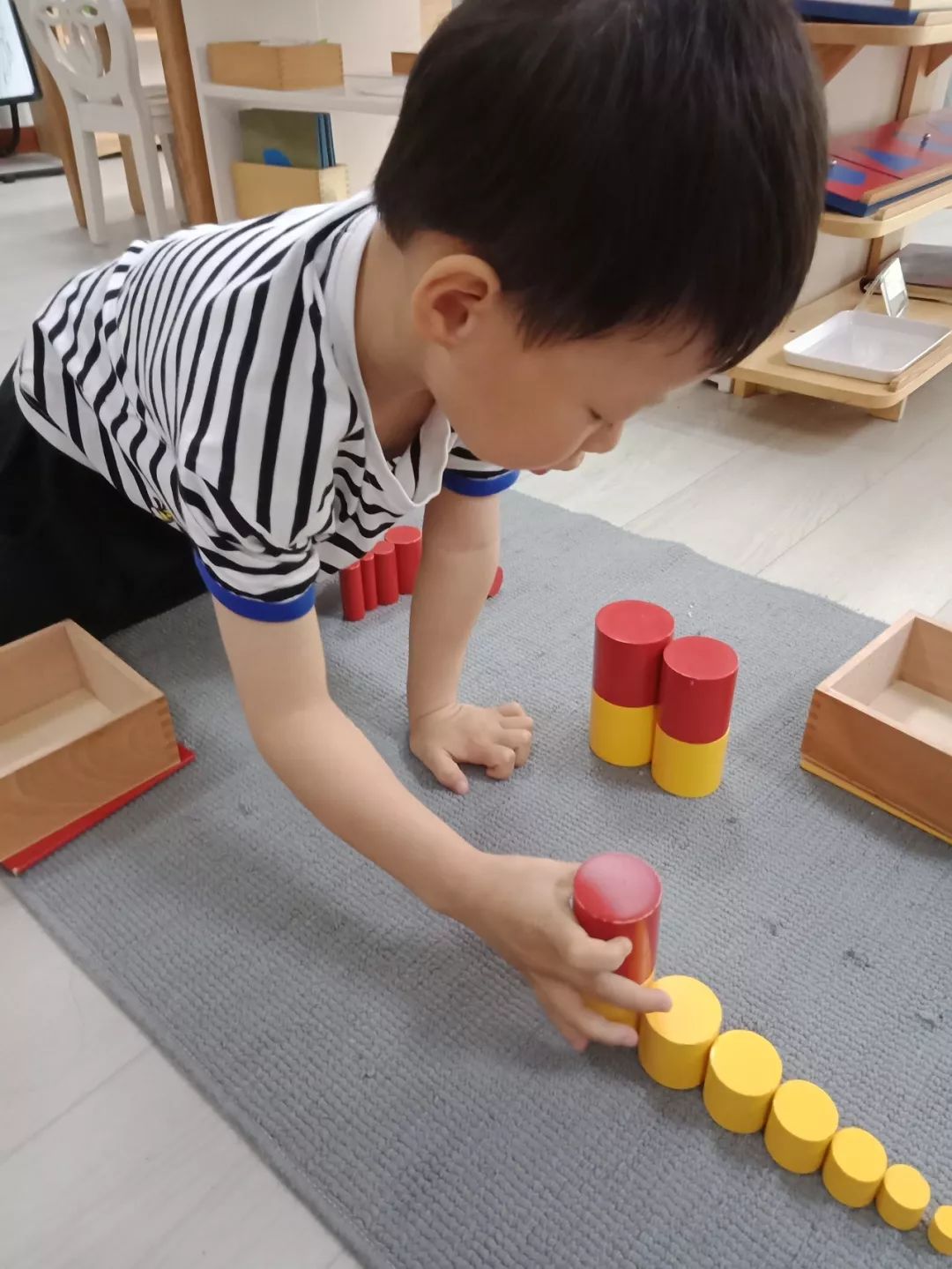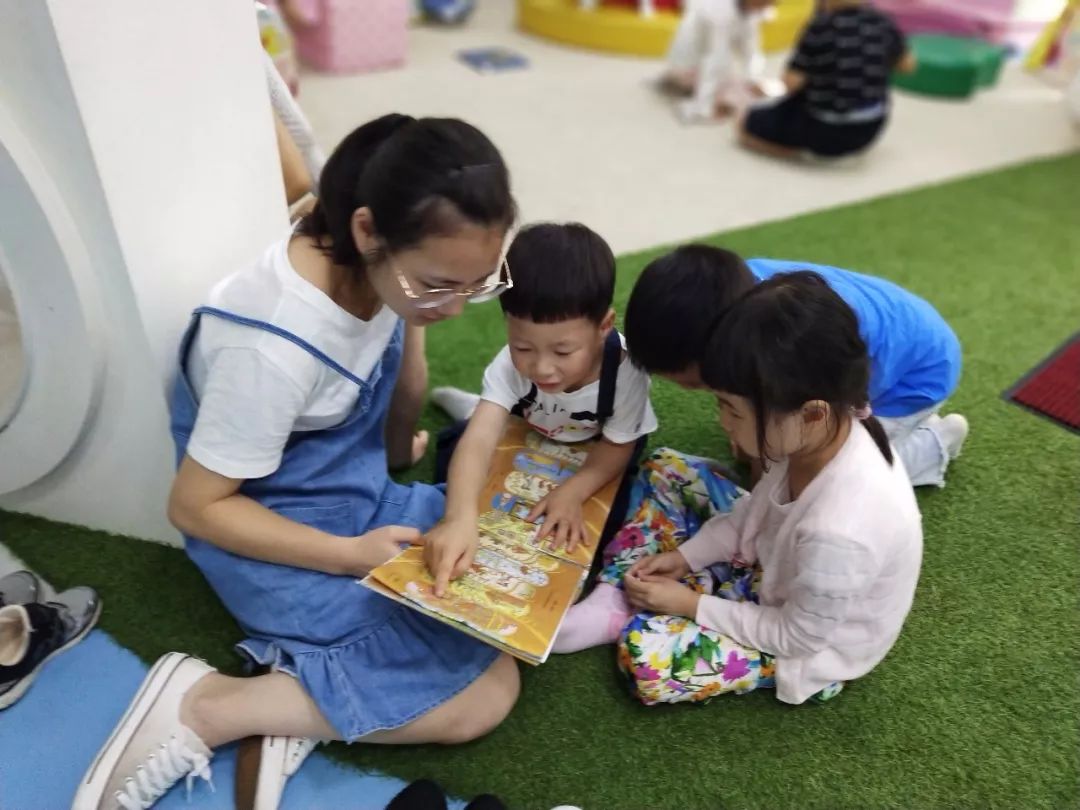
EDU
和孩子一起正念
什么是正念?
What is mindfulness?
正念指的是对自己当下状态的感知,将意念调整到关注自身正在进行的活动上。
拥有正念是一种潜在的能力,当我们在做相应练习的时候,就能调动我们自身已经准备好了的正念从而达到想要的状态。我们对自身的体验保持觉知,通过思维和情感联系去感受身体和心灵的状态,这个过程就是正念的练习。Jon Kabat-Zinn 是当代知名的科学家--在过去30中他一直在研究精神疗法//www.58yuanyou.com的实践被称为“用意识减压”。在他认为,正念是指有目的性的、活在当下、无评论性的状态。
Mindfulness is the practice of bringing attention to the present and being more fully aware. While the ability to be mindful is something we all naturally possess, it is more readily available and easier to access when we practice. When we bring awareness to our experience via our senses or to our physical and mental state through our thoughts and emotions, we are practicing being mindful. Jon Kabat-Zinn, the scientist and widely recognized fath原由网er of contemporary, medically based mindfulness developed a therapeutic meditation practice known as Mindful Based Stress Reduction (MBSR) over 30 years ago. He defines mindfulness simply as “paying attention in a particular way: on purpose, in the present moment and non-judgmentally.”

正念的活动意义
The meaning of mindfulness activities
孩子需要与自己的情绪好好相处,这对孩子长远的发展至关重要。美国时报公共健康专栏做了一项20年的观察测验,跟踪记录了孩子在幼儿园学到的社交技能以及成年后的表现。孩子在幼儿园时在同情心、倾听、解决争斗、定义、命名、处理情绪方面有困难的孩子,长大以后在毕业,求职,健康而又平和的生活方面也有相应的困难。可见,孩子在早期教育中获得的社交和情感的技能,与未来的健康生活有密不可分,如何让他们在幼年时掌握这些技能非常重要。
It is critical for our kids to be able to cope with difficult feelings, this is important for children’s long-term success. A recent comprehensive 20-year examination published by the American Journal of Public Health found a link between a child’s social skills in kindergarten and how well they were managing early adulthood. Children who had difficulties showing empathy, listening, solving conflict, identifying, naming and coping with emotions during this critical time in kindergarten, were less likely to graduate university, find a job, and live healthy and peaceful lives.[1] The strong correlation between the social and emotional skills of young children and a their long term well-being is an incredibly important finding and must inform how we approach early childhood education.
[1] Jones, D. E., Greenberg, M., & Crowley, M. (2015). Early Social-Emotional Functioning and Public Health: The Relationship Between Kindergarten Social Competence and Future Wellness. American Journal of Public Health, 105(11), 2283–2290.
我们可以教孩子应对情绪的技能。在提高幼儿情商方面,我们有许多行之有效的办法。首先孩子的父母、老师、教育制度的制定者都要明白,对孩子来说,社交和情感的能力与其他方面的认知能力同等重要。
Emotional skills can be taught. There are many effective ways to increase the emotional intelligence of children. It must start with recognition by parents, educators and policy makers that social and emotional learning is just as important as cognitive skills during these early years.
越来越多的研究表明,正念有助于孩子提高专注力、当焦虑时保持平静以及做出更好的决策。简单地说,正念有助于孩子情绪的稳定和认知的专注。
The growing number of research clearly demonstrates that mindfulness can help children improve their abilities to pay attention, to calm down when they are frustrated and to make better decisions. In short,
mindfulness can help children with their emotional regulation and cognitive focus. [2] [3]
对于幼儿来说,正念的目的在于感知自己的内在和外在经历之间的联系,让他们知道自己的想法“仅仅是想法”,让他们了解情绪是如何在身体里产生的,认识到自己走神的时刻,从而为他们提供自我控制的方法。
The aim for teaching mindfulness to our children is to offer skills that allow them to develop awareness of their inner and outer experiences, to recognize their thoughts as “just thoughts,” to understand how emotions manifest in their bodies, to recognize when their attention has wandered, and to provide tools for self-control.
[2] Semple, R. J., Lee, J., Rosa, D., & Miller, L. F. (2010). A randomized trial of mindfulness-based cognitive therapy for children: promoting mindful attention to enhance social-emotional resiliency in children.Journal of Child and Family Studies, 19(2), 218–229.
[3] Schonert-Reichl, K. A., Oberle, E., Lawlor, M. S., Abbott, D., Thomson, K., Oberlander, T. F., & Diamond, A. (2015). Enhancing cognitive and social–emotional development through a simple-to-administer mindfulness-based school program for elementary school children: A randomized controlled trial. Developmental Psychology, 51(1), 52-66.

我们如何与孩子一起进行正念的练习呢?
How do we practice mindfulness with children?
练习正念的方式有很//www.58yuanyou.com多,下面我们为大家介绍几个向孩子介绍正念的方式
The possibilities are endless, but here are a few ideas on ways to introduce mindfulness to your children.
积极倾听。可能对孩子来说,关注自己的呼吸是比较有困难的,但我们可以选择更为简单一些的办法,就是让他们关注自己听到的声音。能敲出音乐声响的碗、钟或是一个手机APP都能作为工具去扑捉孩子的注意力。告诉孩子他们即将要听到的声音,让他们去关注,直到这个声音消失为止。
Active Listening.While it may be difficult for children to become aware of their breath right away, an easy way to practice mindfulness is to focus on paying attention to what they can hear. Singing bowls, chimes, or even a phone app can be useful tools for capturing children’s attention to sound. Let your children know what they will hear and ask them to focus until they can no longer hear the sound.
感恩。表达感谢是同理心和同情心的基石。无论是在家还是在班级里,要让孩子养成感恩的心态,感谢和珍惜生活中的一切。
Gratitude.Giving thanks is the foundation of empathy and compassion. Whether at home or in the classroom, establishing a gratitude practice allows children to appreciate the abundance in their lives.
呼吸练习的玩具。请孩子带上他们最喜爱的毛绒动物参与呼吸练习。让孩子躺下,把他们的毛绒动物放在他们的肚子上方,在吸气吐气时,让孩子们看着动物的上升和下降。
Breathing Buddy. Invite your children to bring along their favorite stuffed animal on their mindful journey. By lying down and placing their stuffed animal on their tummy, children watch as the animals rise and fall with every breath.
有意识的行走。孩子在参与户外活动时都容易非常兴奋,但当我们在散步时,可以真正锻炼我们的注意力,注意到我们以前没有看到的东西,可以保持安静,关注周围的所有声音-风声,汽车声等待
Mindful walks. The outdoors can often be overly stimulating but as we walk we can also really hone our ability to pay attention by noticing things we hadn’t seen before or agreeing to be completely silent to absorb all lOhSYogFnthe sounds surrounding us – the wind, cars, voices.
用心饮食。正念是通过意识激活我们的感官。让吃饭也成为孩子的一种感官体验吧。闻一闻食物的味道,触摸它,品尝它。聊聊它的颜色,形状和质地。这可以让孩子在用餐时关注饮食中的正念,同时这也是一种冥想实践。
Mindful eating. Mindfulness is practiced through a conscious activation of our senses. Let eating be a sensual experience for your child. Smell the food. Touch it. Taste it. Talk about its color, shape, and texture. This will allow your child to grow their awareness of eating as a mindful and meditative practice.
天气预报。在 《像青蛙一样静坐》中,Eline Snel鼓励孩子描述当下的心情天气预报。“晴天,雨天,暴风雨的,平静的,有风,海啸? 这能让孩子从情绪中抽离,同时进行重要而深刻的自我剖析。我们认识到,我们的情感就像天气一样。我们不能改变天气,也不能改变我们的感情,但我们可以选择如何与他们相处。根据Snel的描述,孩子们可以认识到,“我的情绪现在不是倾盆大雨,但是我注意到正在下雨;我不是胆小鬼,但我知道有时我能感到害怕的感觉卡在我的喉咙里。”
Weather Report. In "Sitting Still Like a Frog", Eline Snel encourages children to “summon the weather report that best describes [their] feelings at the moment.” Sunny, rainy, stormy, calm, windy, tsunami? This creates a bit of a detachment for children from their emotions and still allows a critical and deep self-analysis. We recognize that our feelings, as the weather, just are. We can’t change the weather, nor our feelings, but we have a choice about how we relate to them. As Snel describes it, children can recognize, “I am not the downpour, but I notice that it原由网 is raining; I am not a scaredy-cat, but I realize that sometimes I have this big scared feeling somewhere near my throat.”
心智罐。在一个罐子里结合闪烁的物品和水-摇动它,观察它如何平静下来。就像你的想法。当你生气时,一切似乎都会随风而飘荡,但随着时间的推移,一切又会平静下来。
Mind Jar. In a jar combine glitter and water – shake it and watch the storm. Watch as the glitter settles. Similar to your mind. When you are mad, everything seems to be blown about, but with time things will calm down again.

让我们先从自己开始。选择一个练习,无论难易,将它融入到你的日常生活中。花哪怕是五分钟的时间下意识关注自己的呼吸,关注呼吸、吐气的过程。我们的练习有助于日后的教习。我们能教会别人的,是自己已经掌握的知识和技能。所以从现在就开始吧。
Give it a try and begin with yourself first. Establish a practice, no matter how small and incorporate it into your daily routine. Take even just five minutes out of your day to become conscious of your breath, as it enters and leaves your body. Having your own practice will make you more effective at teaching mindfulness. We can only offer what we have developed ourselves. So let it begin.







